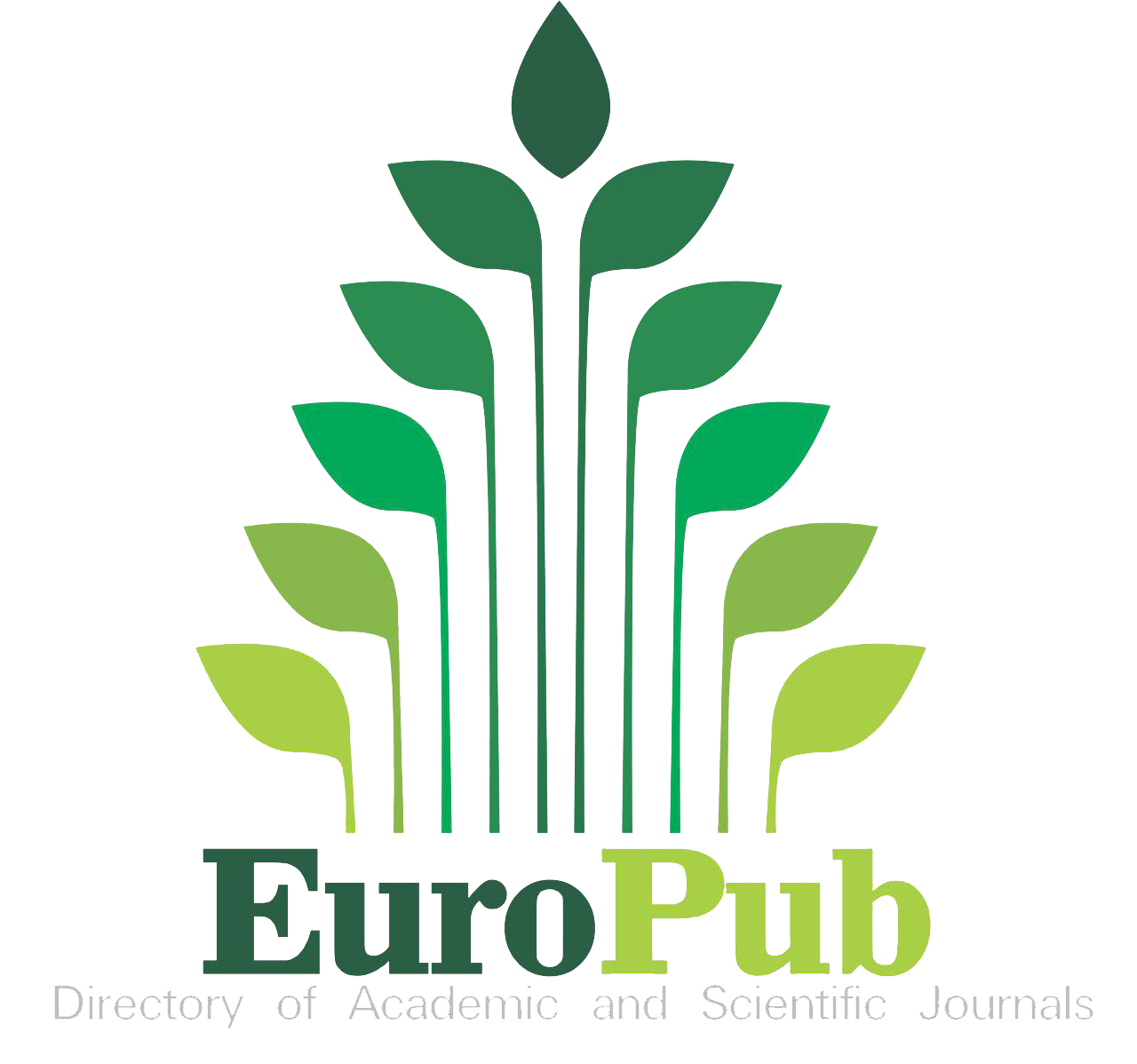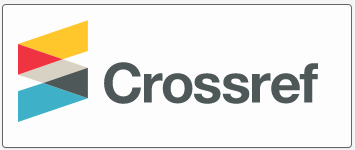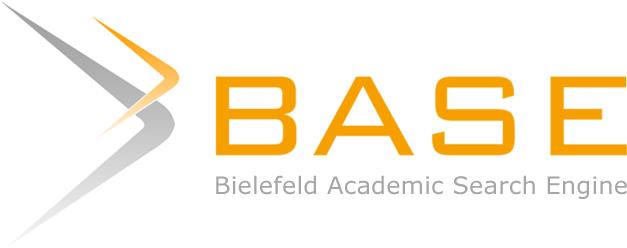challenges in Hybrid Learning Model Globally vs Locally in 2020
DOI:
https://doi.org/10.52340/jds.2022.02.30Keywords:
Learning and Development, Training, Hybrid Learning Model, Globalization, Technological Change.Abstract
In the stage of globalization in 2020, we could be under a rapid technological revolution that might be caused by the pandemic situation. New and improved technologies are continuously emerging and invade both the private and public areas of everyday life. This accelerated innovation-transformation experience has fascilitated a rapid change in organizations, business, and the training industries. This new and complex future is very difficult to predict, and it has been perceived as an immediate technological change, requiring training, retraining, and even re-learning.
Globalization requires the development of human capital from developing countries. The development of human resources in a country helps to attract foreign investment. Developing countries need rapid training and development of skills that are globally in demand through the business industry. The human development factor can be critically important for a country like Georgia. In the current context, achieving this goal globally is considered through a hybrid learning model. At the same time, remarkably little is known about what countries can do to increase national skills quickly.
The economic literature stresses the importance of investments in the hybrid learning model in education (at all levels), but skills development also takes place outside the formal educational system, particularly in vocational and professional training institutions and within corporations. Experts suggest that improving national skills requires a concerted national effort by involving multiple institutions, policies, and private-public sector collaborations.
Downloads
References
Al-adwan, A. and Smedley, J. (2012). Implementing E-Learning in the Jordanian Higher Education System: Factors Affecting Impact, International Journal of Education and Communication Technology, 8 (1), 121-135.
Sayed, M., Baker, F. (2014). Blended Learning Barriers: An Investigation, Exposition and Solutions, Journal of Education and Practice www.iiste.org, ISSN 2222-1735 (Paper) ISSN 2222-288X (Online), Vol.5, No.6, 2014.
Chen, C., Jones, K. (2007), Blended Learning vs. Traditional Classroom Settings: Assessing Effectiveness and Student Perceptions in an MBA Accounting Course, Journal of Educators Online, 4 (1), 1-15.
Fetch, L. (2006), A study of Blended Learning at Metropolitan Research University, DAI-A, 66 (10), 3615- 3625.
Olapiriyakul, K., Scher, J. M. (2006). A guide to establishing hybrid learning courses: Employing information technology to create a new learning experience, and a case study. Internet and Higher Education 9, 287–301.
López-Pérez, M.V., Pérez-López, M.C., Rodríguez-Ariza, L. et al. (2013). The influence of the use of technology on student outcomes in a blended learning context. Education Tech Research Dev 61, 625–638 (2013). https://doi.org/10.1007/s11423-013-9303-8
Rhema, A., Miliszewska, I. (2010). Towards E-Learning in Higher Education in Libya, Issues in Information Science and Information Technology.
Smith, K. B., Granberg-Rademacker, S. (1999). Expensive Lessons: Education and the Political Economy of the American States. Political Research Quarterly. 52: 709-727.
Sullivan, M. T., Freishtat R. (2013). Extending Learning Beyond the Classroom: Graduate Student Experiences of Online Discussions in a Hybrid Course, January, The Journal of Continuing Higher Education. DOI: 10.1080/07377363.2013.758555.
Trainers Association in Georgia, www.trainup.ge ‘First Trainers’ Unity in Georgia.
Wilson, B. (2004). Designing E-Learning Environments for Flexible Activity and Instruction, Educational Technology Research and Development, 52 (4).














